Frederica Freyberg:
This week the U.S. Centers for Disease Control activated its emergency operations center to address the outbreak of severe and potentially deadly lung disease caused by vaping. U.S. Senator Tammy Baldwin called for the activation saying, “My home state has been on the front lines of this outbreak.” According to latest numbers from the Wisconsin Department of Health Services, our state has seen 48 cases of lung disease in 21 counties. Another 13 cases are suspected. No deaths have been reported in Wisconsin. Patients in the majority of cases according to state officials reported using e-cigarettes or vaping devices to inhale THC products like waxes or oils. Nationwide, there have been at least eight deaths confirmed with some 530 people suffering damaged lungs as a result of vaping. Now the Food and Drug Administration has reportedly launched a criminal investigation focusing on the supply chain of vaping products. With many people injured saying they have used black-market THC products. Meanwhile, two Kenosha brothers were criminally charged this week in connection with manufacture of THC vaping cartridges. Authorities describing the operation as a very large criminal enterprise. The prosecutor in the case says the cartridges found in the brothers’ home are being tested to see if they can be linked to any cases of lung disease. Against this rapidly developing public health crisis, doctors at Children’s Hospital of Wisconsin were among the first to connect the deadly lung disease to vaping. According to the governor, put Wisconsin on the national forefront of the investigation. We learn more now on this from the medical director of the Pediatric Intensive Care unit at Children’s, Dr. Michael Meyer who joins us now from Milwaukee. Thank you for being here.
Michael Meyer:
Thank you for allowing me to be here.
Frederica Freyberg:
Have you ever seen anything like the damage you’re seeing in people’s lungs from this outbreak linked to vaping?
Michael Meyer:
As part of being a pediatric intensive care physician, we see many cases of severely damaged lungs. What was interesting about this, was that it was in teenagers, the time of year and the fact that we had a cluster of teenagers that all came together in our hospital.
Frederica Freyberg:
What did the time of year have to do with it?
Michael Meyer:
Normally when we see what we call an interstitial pneumonitis and an interstitial pneumonia, we think wintertime. When we see it out of the season and we see it in teenagers, we start thinking bad diseases. And it involves a very extensive work-up of these children that involves a very large team of healthcare providers in order to sort through all of the questions and come up with a diagnosis.
Frederica Freyberg:
And so how kind of frightening was it for the team of physicians to see this cluster of this lung damage?
Michael Meyer:
You know, frightening I don’t think is the best word to describe it. I think that as a group and as a team, it became very intriguing and interesting. Every day that we’re here at Children’s, we’re here trying to do what is right and what is best for the healthcare of the children in our community. And you see a cluster and you go into your mindset of this is my one patient. This is how I’m going to take care of this patient. But in the back of our mind and throughout our training, we’re taught about public health and trying to associate clusters of disease presentations and think about the bigger picture. That’s really what happened here.
Frederica Freyberg:
Have you isolated what is causing the damage?
Michael Meyer:
No, here we haven’t. Our focus really has been on the clinical care of the children that have been here at Children’s and then utilizing our resources with Wisconsin Department of Health to really sort out what could be this. I view us as a canary and we were the first canary in order to put the pieces together because here at Children’s, we’re the referral area for the state. So seriously ill, seriously injured children show up at our doorstep from all over the state of Wisconsin.
Frederica Freyberg:
Specifically what happens to people afflicted, and how are physicians able to prevent them from dying?
Michael Meyer:
So I think we saw some common things as we went back through our cluster of children. Usually we saw a couple weeks of weight loss, decreased energy, increased work of breathing, and just overall difficulty with breathing. Then something changed in the children which led them to seek healthcare. With increasing work at breathing and all of them had low blood oxygen saturation and needed supplemental oxygen and large amounts of supplemental oxygen for some of them.
Frederica Freyberg:
Does it make a difference in the outcome for people to seek care sooner?
Michael Meyer:
I think that’s a great question that we’re still trying to sort out many of those pieces. That’s why understanding from a CDC standpoint, the total number of patients that are affected by this so that we can get a better understanding. There is always going to be unique characteristics of each individual patient that it may be a long time of exposure or short time of exposure and it’s going to be up to that individual patient’s response to, in this case, what we think is vaping.
Frederica Freyberg:
So of the patients in 21 counties, if they are pediatric cases, are they actually coming to your facility or are you working with their physicians?
Michael Meyer:
A little bit of both. Children’s here in Milwaukee, we are the referral point for the state of Wisconsin. We service the entire state of Wisconsin, northern Illinois and pieces of Michigan and Minnesota. We’re very proud of our tertiary-quaternary care center and being a center of expertise for the care of children. There is other places in the state that take care of children and we work very closely with them as well. Here in Milwaukee, we’ve had 17 children hospitalized.
Frederica Freyberg:
Do you know, the experts and the medical professionals there, do you know what the long-term consequences of this kind of lung damage might be for these people?
Michael Meyer:
I think that’s the big question as we move forward with things. The treatment that we put in place was actually very good supportive care and used a lot of steroids in order to decrease the immune response and inflammatory response. Where we’re going to struggle right now is to really understand that if this is associated with vaping and that what chemical, what duration of exposure, and what does it look like 10, 15, 20 years from now because these are all unknown. Vaping has been around probably for 15 years. The last three to four years, we’ve seen an exponential increase in vaping in children. Children and their developing lungs we don’t know the long term effect of these vaping products. I think the one thing we do know is vaping is bad for kids and it is not approved for children.
Frederica Freyberg:
We describe this as a rapidly developing public health crisis. Do you continue to see cases?
Michael Meyer:
We haven’t seen a case for about two or three weeks now. We were averaging about one case per week while this was going on. We decided we needed to go public and make a public service announcement right around our sixth case because we thought it was a large enough cluster. By the time that we did go live in the state of Wisconsin sent out its provider advisory letter is we had eight children that we had seen by that time.
Frederica Freyberg:
What is it like for you and your physicians and your team to have been, as the governor says, at the forefront of this investigation?
Michael Meyer:
You know, when you hear your governor and your state senator talk about your team in that fashion, it does bring a sense of pride. I think that as traditional Wisconsinites, there’s going to be a great sense of humility and being humble. And most of us will look at this and say, “You know what? That’s what we’re here for.” Our job is to be the safety net for the health of our children and our community. And Children’s Hospital of Wisconsin and the medical college are part of community pride in especially southeast Wisconsin but for the entire state of Wisconsin.
Frederica Freyberg:
Dr. Michael Meyer, thank you very much for joining us on this.
Michael Meyer:
Thank you, Frederica.
Search Episodes
News Stories from PBS Wisconsin

Donate to sign up. Activate and sign in to Passport. It's that easy to help PBS Wisconsin serve your community through media that educates, inspires, and entertains.
Make your membership gift today
Only for new users: Activate Passport using your code or email address
Already a member?
Look up my account
Need some help? Go to FAQ or visit PBS Passport Help
Need help accessing PBS Wisconsin anywhere?

Online Access | Platform & Device Access | Cable or Satellite Access | Over-The-Air Access
Visit Access Guide
Need help accessing PBS Wisconsin anywhere?

Visit Our
Live TV Access Guide
Online AccessPlatform & Device Access
Cable or Satellite Access
Over-The-Air Access
Visit Access Guide
 Passport
Passport


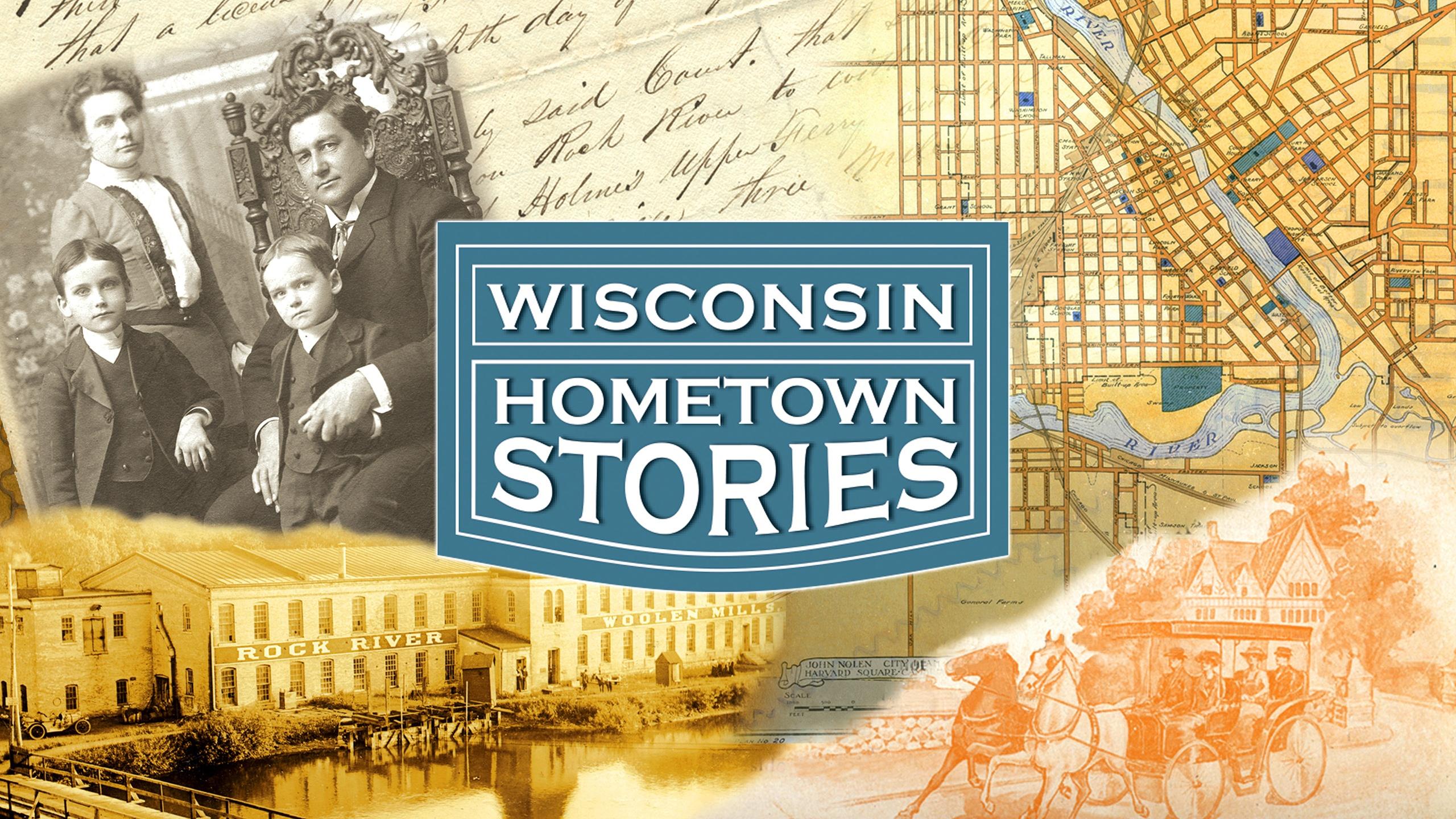


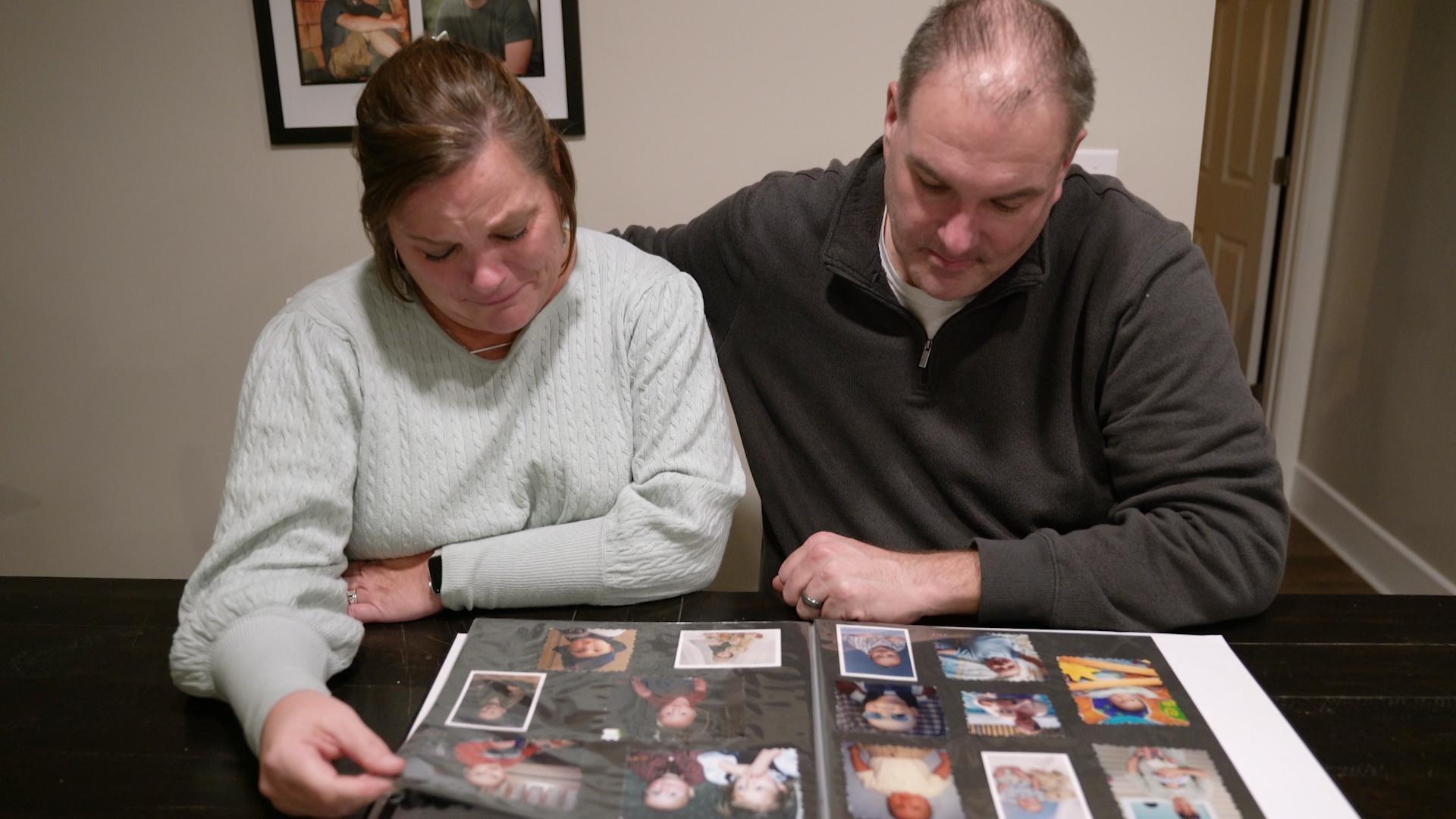
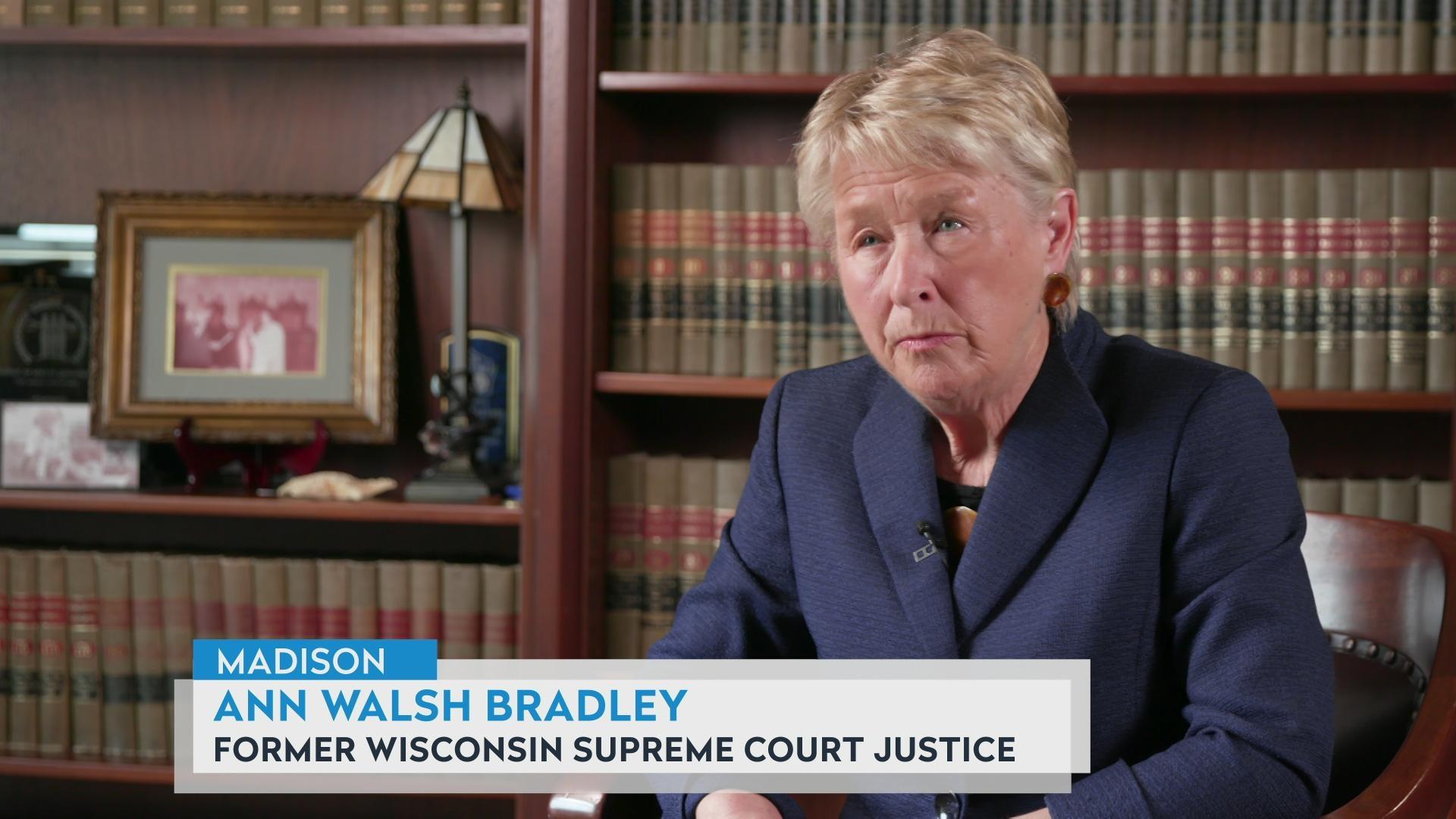
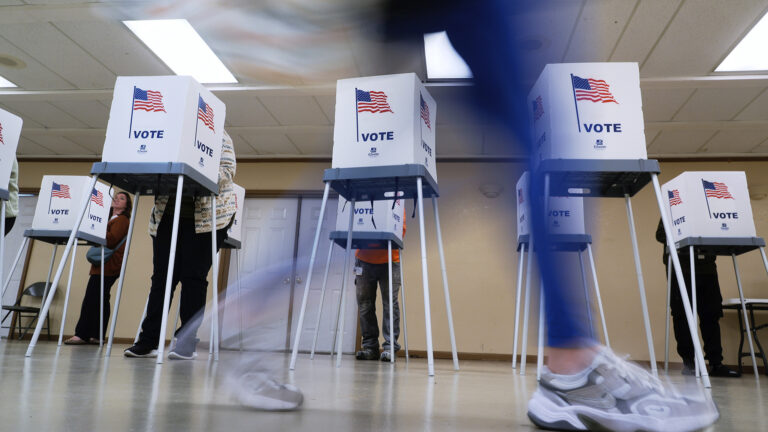
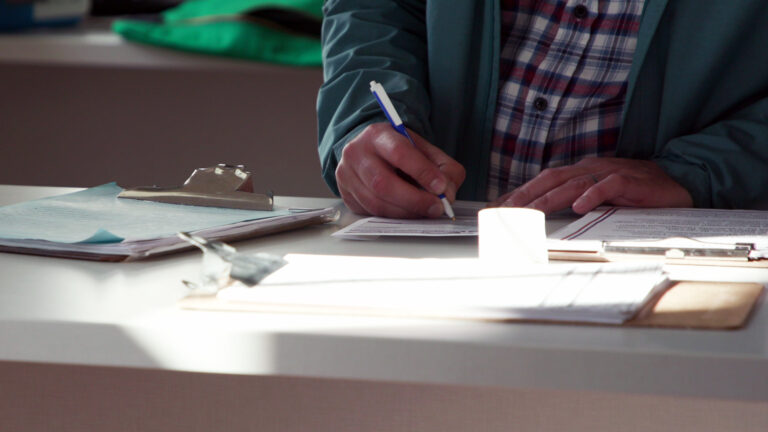
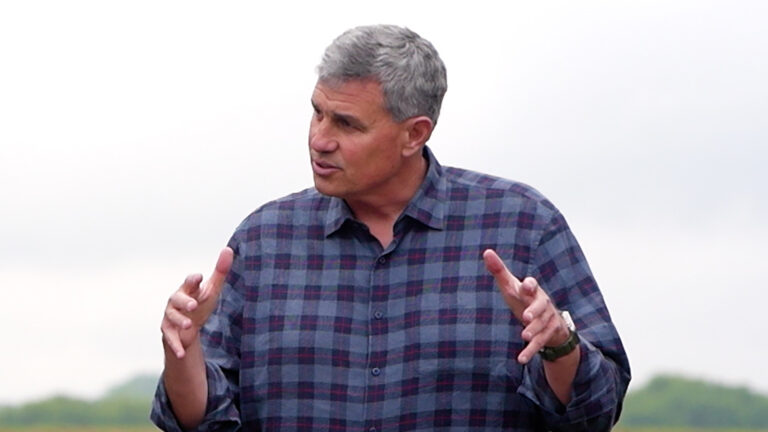
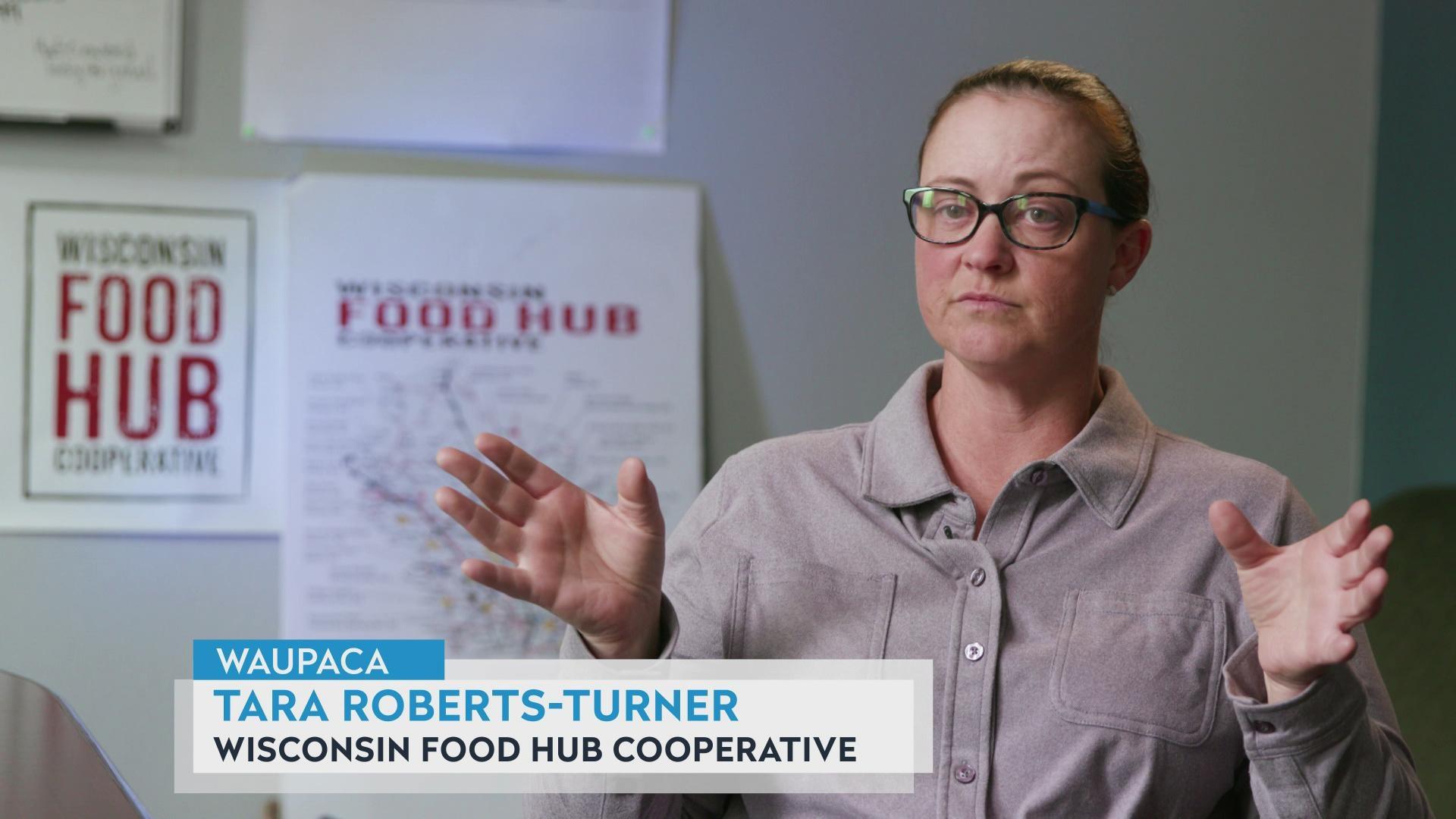
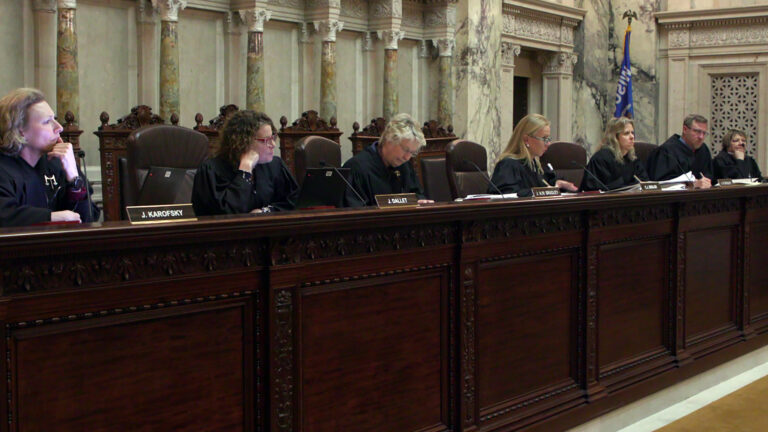
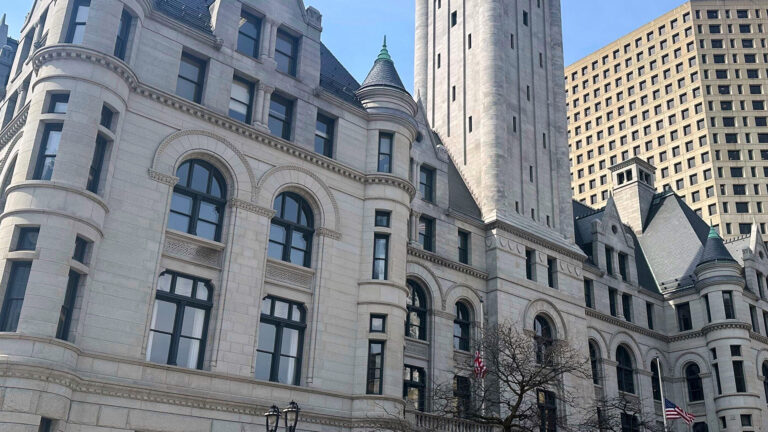
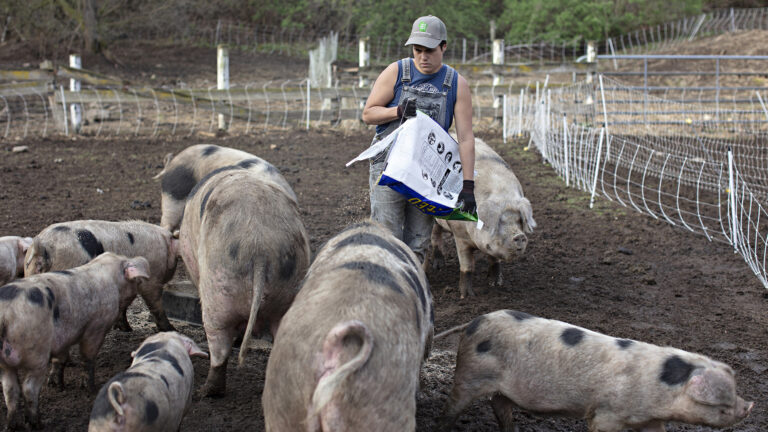
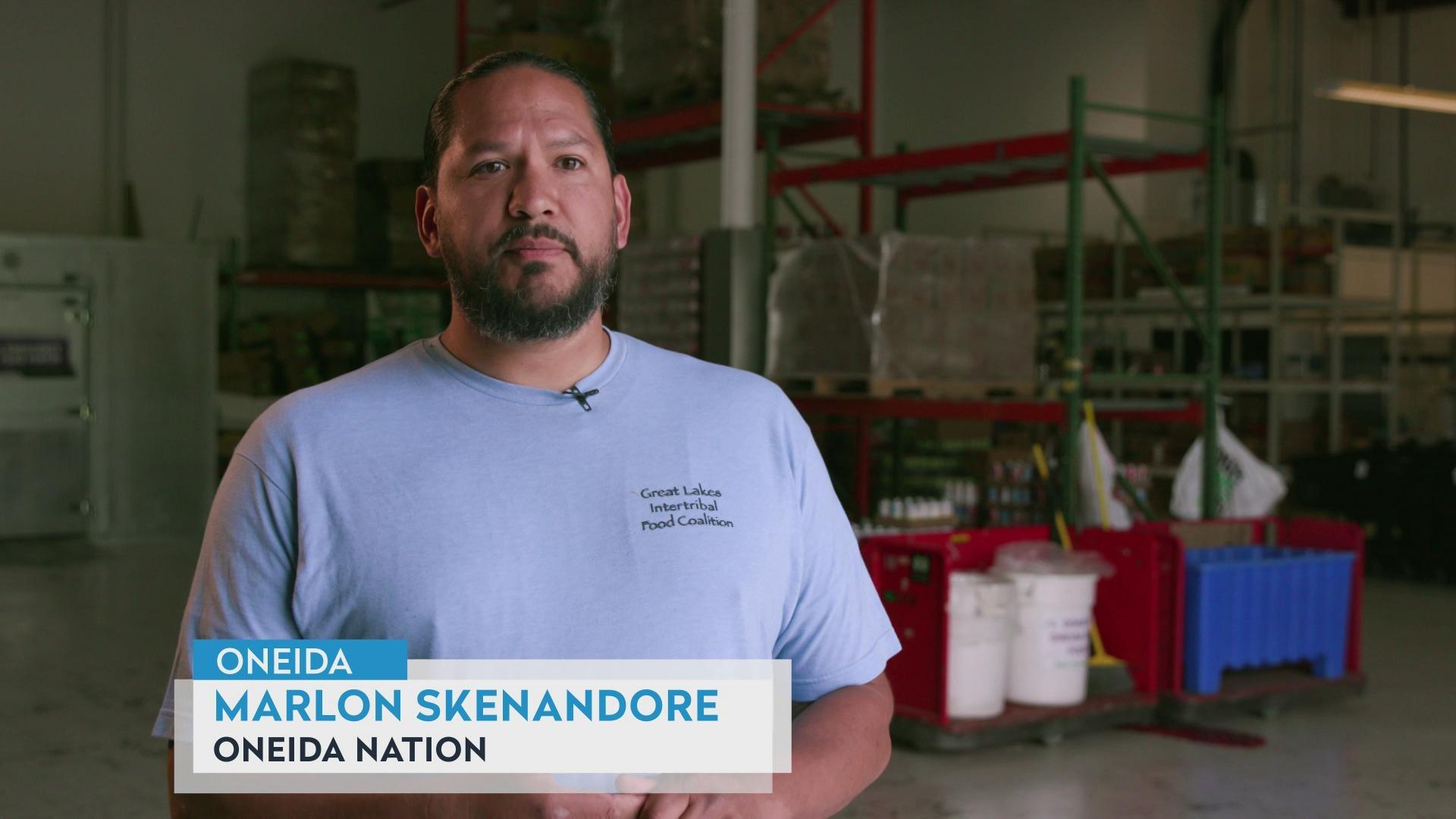
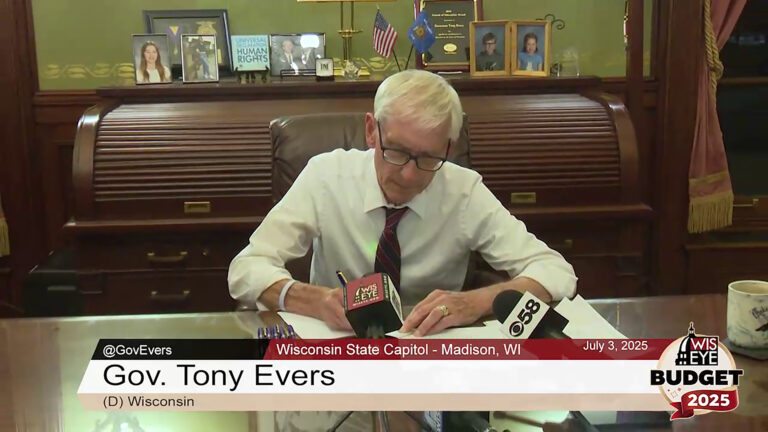
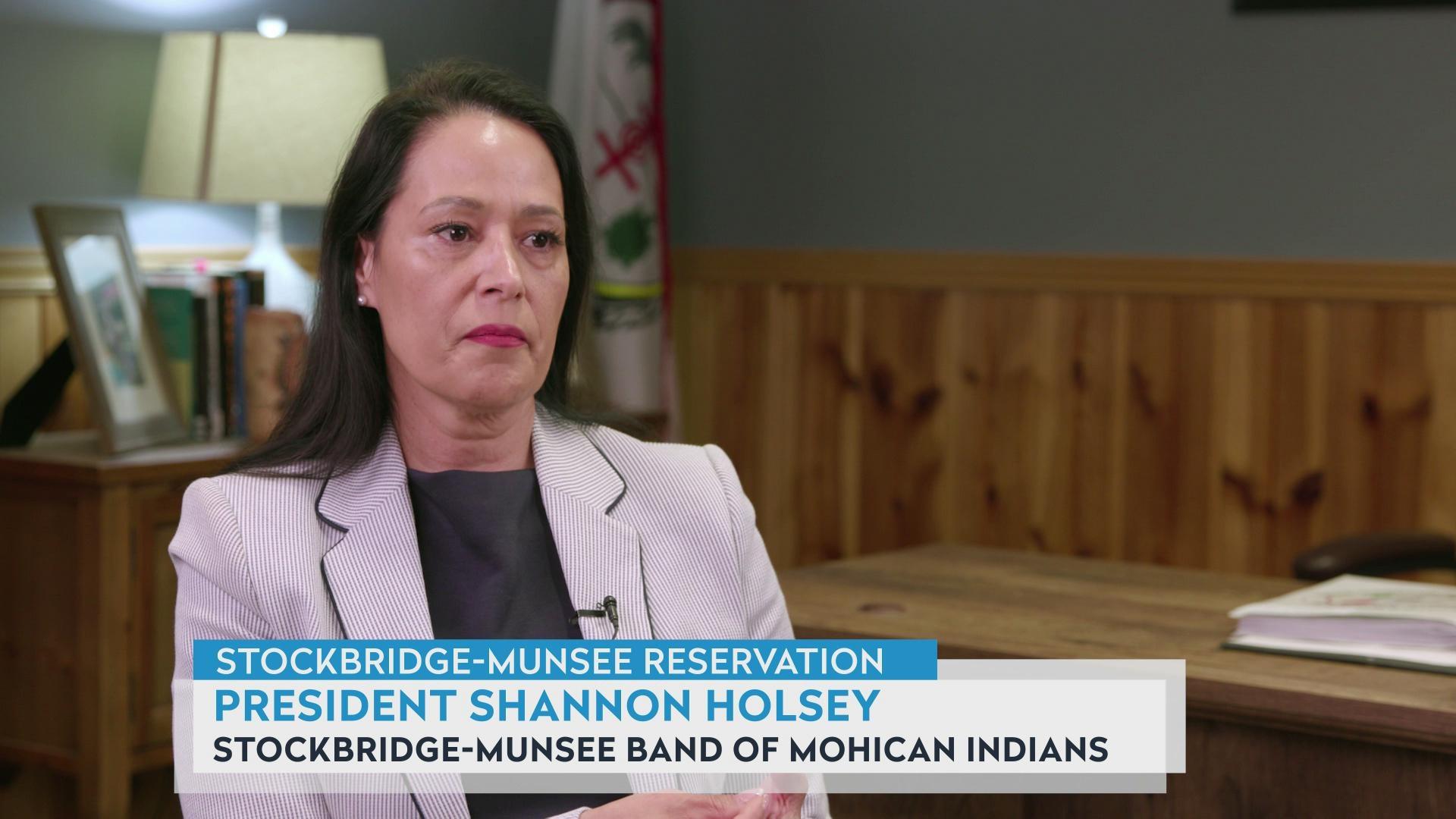

Follow Us